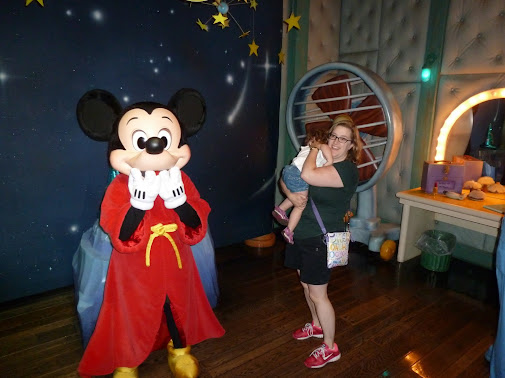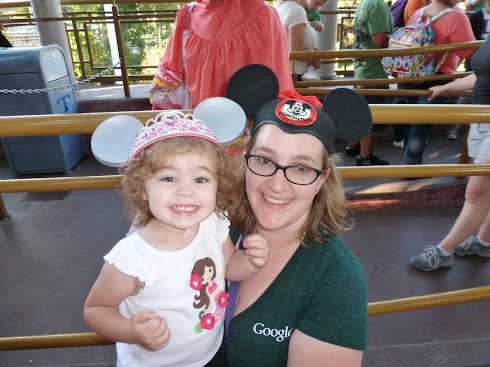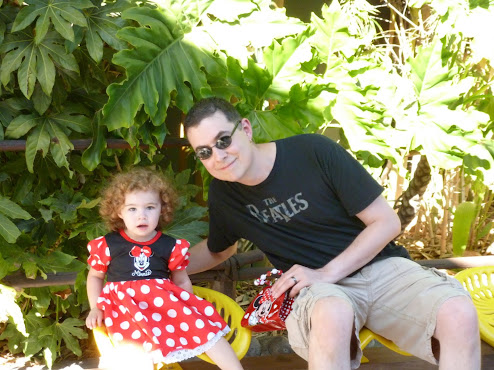2012 in Review
2012 has come and gone, and it’s time to look back at what happened. Because if I don’t, well… my memory isn’t quite what it used to be, you know?
It was a good year both personally and professionally, though I noticed I blogged a lot less. That happens, I guess. I find I post more of my little personal updates on Twitter or Facebook, which reduces the noise here but definitely splits up the content. Maybe that’s a good thing. You can subscribe to the stuff you like, ignore the stuff you don’t. (I use Twitter for more professional stuff whereas Facebook will show you more pictures of my kid and my cats.)
Professionally, I got promoted to be a Tech Lead at work, which is sort of like a team leader but without the “people management” part of things and more focus on product architecture and technology solutions. That’s totally my wheelhouse, so good things there.
I also became a co-owner of the Autofac project, which has been a lot of fun to work on. I started out over there as a contributor for the multitenant support and started playing a larger role with the restructuring for the upcoming 3.0 release. It’s great to work with smart folks like those on that project and it’s nice to be learning so much while (hopefully) providing some value to the masses.
Blog-wise, other than the usual “hey, I found this interesting” sorts of tips and articles…
- I showed you how to add a VSIX installer to a DXCore plugin. I’ve been a CodeRush/Refactor/DXCore fan for a long time and the ability to publish plugins for that on the Visual Studio gallery is just one more reason they rock. I even put CR_Documentor out there (first DXCore plugin in the gallery!) so… go get it! (You can use my CodeRush templates to help you write that XML API doc, too.)
- I updated my Subtext database maintenance page so you can easily enable/disable referral logging. More on this later.
- I created a “Command Prompt Here” generator so you can get any sort of context menu command prompt you want.
- I showed you how to do a side-by-side render of an MVC partial view and its source so you can make cool demo sites.
- I showed you how to format your config files as part of your build so you won’t have to deal with it manually. Trust me, this helps a ton if you have a lot of developers working in there.
- We talked about NDepend 4 and the new CQLinq query syntax. This is another tool I’m a huge fan of. There’s only so much FxCop and StyleCop can tell you before you need to drill down into your code… and this is how you do it.
- I published an MSBuild package for Sublime Text 2 which includes syntax highlighting, a build system, code snippets, autocompletion… If you work with MSBuild in Sublime Text, this is for you.
So there’s all that. Maybe not high in quantity, but I’d like to think the quality is there.
Personally, my year (and most of my free time) has revolved around my daughter, Phoenix, who is now two years old. This year she went from walking and a small amount of vocabulary to running around rampantly and being a total chatterbox. She loves Batman, with the “Little People” playset as well as a Batman raincoat. (She’s on the ThinkGeek customer action shot page for that raincoat, too.) We took her to Disneyland and had a great time, though she didn’t take well to the costumed characters. I look forward to taking her again when she’s older and can understand a little more about what’s going on.
Every day she surprises me by saying or doing something new and I have to wonder where she gets all her material. Her latest thing is to “sneeze” (“ah… ah… AH-CHOO” like in cartoons) and then ask for a tissue (“Daddy, tissue me? I tissue. Please?”). I have no idea where she got that. This morning I yawned so she pointed to the kitchen and said, “Daddy, coffee?” Yes, baby, Daddy does need some coffee. You are the smartest toddler alive.
In going through some of our stuff, weeding out things we don’t use, I came across these baby sign language videos. We tried that since we’d heard a lot of success with it and wanted Phoenix to be able to communicate and not have those “I can’t speak so I’ll throw a tantrum” issues. We never could get Phoenix into it, though. She lost interest in the videos (we tried several kinds from different places) and just didn’t pick up on the signs. Instead, she pretty much skipped all that and just spoke or used less formal gestures to indicate what she wanted. We haven’t ever really had any issues figuring out what she’s saying and she’s never thrown any communication-related tantrums, so I suppose it all worked out in the end.
One thing I’ve sort of surprised myself with is the amount of television we let her watch. It’s not a lot, not like she’s just “glued to the tube,” but I thought I’d be one of those parents who would be, like, “NO TV EVER!” What I find, though, is that she really learns a lot from the stuff she watches. She knows a ton of animals from Go, Diego, Go. She is starting to get good problem solving skills from Mickey Mouse Clubhouse (“Which tool will solve this problem?”). She’s learned a lot about music and such from Little Einsteins. We don’t really watch anything with “no value” - arbitrary cartoons or whatever - but the educational stuff you see on PBS and Disney Junior has been really pretty good. She pretends a lot, she likes building with blocks and playing with those wooden Brio trains… and she knows how to navigate Netflix and the Disney Junior apps on the iPad to find the different shows she likes, so that’s pretty crazy to watch.
Toward the end of the year I’ve started getting into tea. I’ve never really been much of a tea-drinker in the past, but something clicked with me and I’m enjoying tea a lot. (Honestly,
In the upcoming year, I am thinking I’d like to move off the Subtext blog platform. I am a contributor over there, but the momentum behind the project has been lost and I don’t think it’s going to come back. I thought I’d be more into contributing and building on the blog engine than I ended up being. I met some great folks there and I’m glad I got involved, but I realize that, as far as a blog platform is concerned… honestly, at this point I just want it to work and have the software maintained by someone else. I want to own my content and I want to be able to tweak things if needed, but for the most part I don’t want a super-young platform and I don’t want to worry about whether there’s going to be an update coming. I honestly thought I’d want to tweak a bunch of stuff on my blog, write plugins, and do a bunch of things, but… well, not so much. As such, I will probably see what it will take to move to WordPress. It’s been around a long time, it’s a sort of de-facto standard, and it has an actual plugin model (something I’d wanted from Subtext for years). It also has no shortage of themes to choose from (something else I’d wanted from Subtext). It won’t be a simple process - I’ll need to figure out how to export all the Subtext content in WordPress Extended RSS format, redirect permalinks, etc. - but I think it’ll be worth it.
Beyond that, much as I would like to blog more and better things… I will have to see. I anticipate I’ll still use a lot of social media for the tiny updates, but hopefully I’ll have more interesting problems (and solutions!) to share with you all as the year progresses.





